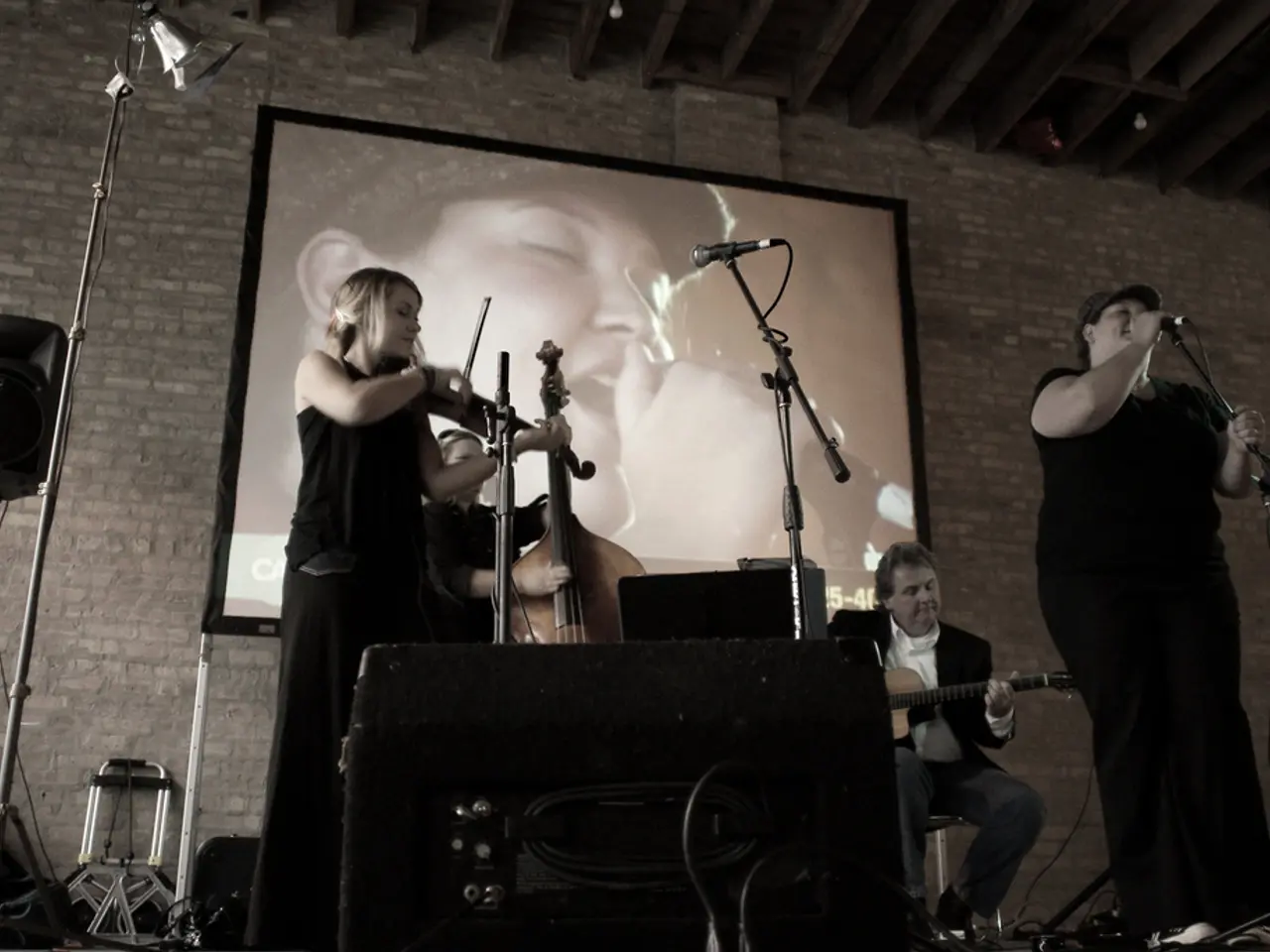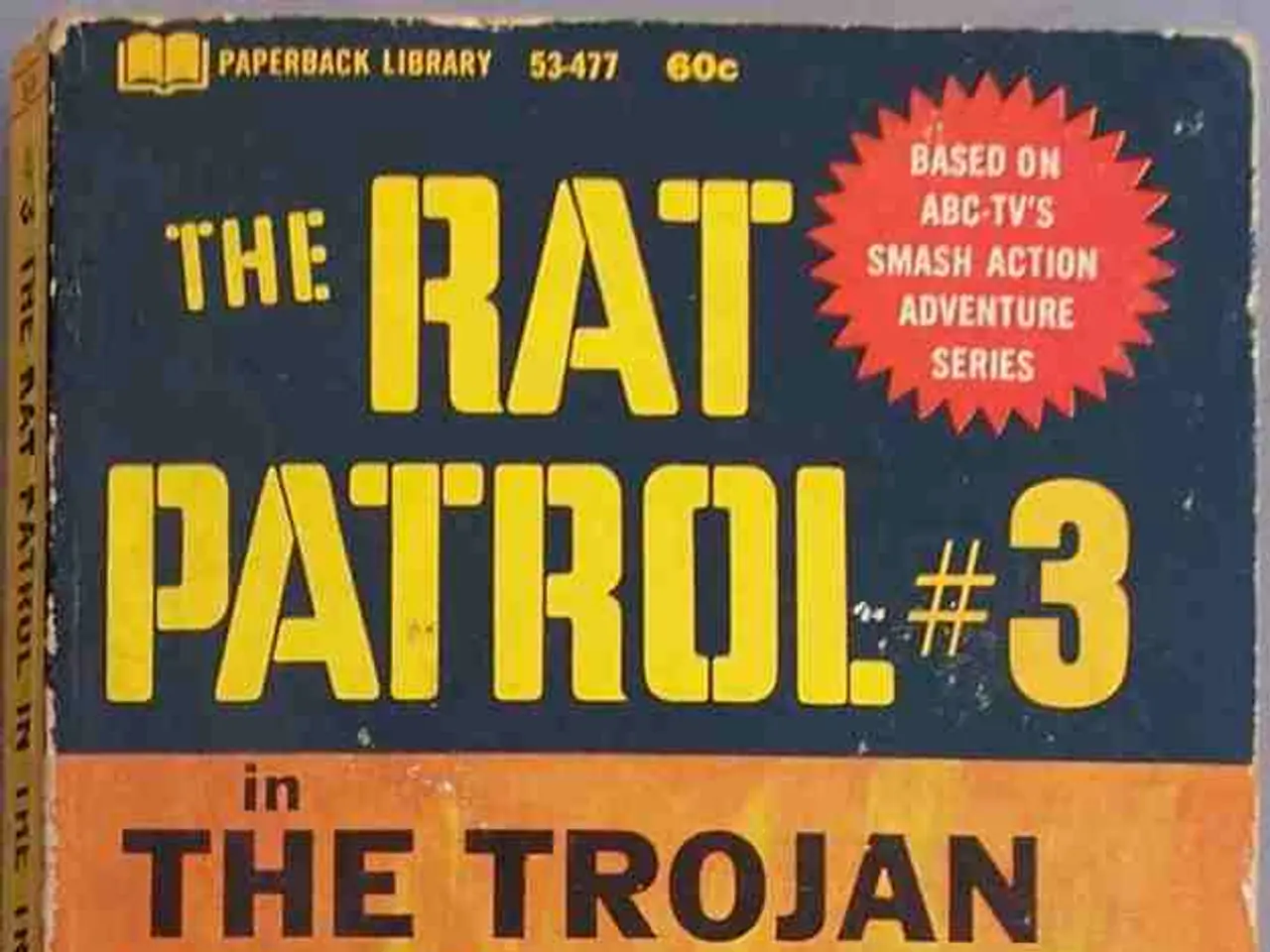Unveiled Deception Detection Device: Artfully Crafting Character Responses to Appear Authentic and Spontaneous
In the realm of storytelling, the honest moments are often the ones that are unspoken. Those small, involuntary reactions that betray what words cannot convey. These moments are the silent lie detectors in our narratives, the ones that speak volumes when a character is lying, nervous, or hiding the truth.
Writers tend to focus on what characters say, but it is the things they cannot control—the emotions that leak through in their voice, posture, and physical reactions—that breathe life into their characters. These moments resonate with readers because they mirror human behavior when we're feeling nervous, thrilled, guilty, or angry. Trust between reader and character is built upon these believable authentic moments, even when the character is being less than truthful.
Beyond Words
"He was angry." A simple statement that reveals nothing about the character's true feelings. But "He clenched his jaw so tight it clicked," now we can feel the anger flowing from the character. And when he politely responds after that, the tension amplifies, for we know he's not telling the whole truth.
Involuntary reactions offer readers the chance to detect hidden subtext. They create suspense and invite deeper empathy. The readers become the detectives, uncovering the truth hidden beneath the surface of things.
Layers of Reaction
To write authentic and believable reactions, it's crucial to understand that emotional responses unfold in various layers, revealing what is being concealed.
1. Physiological Response
This is the body's immediate, reflexive response to stimulus. Think of accelerated heartbeats, shallow breathing, blushing, dilated pupils, muscle tension. These responses are fast and hard to suppress, and they reveal a character's true feelings without a need for explicit exposition.
2. Microexpressions and Gestures
Facial expressions, posture shifts, and minor gestures can expose what a character is trying to hide. Tight lips before a smile, arms crossed even when relaxed words are spoken, eyes glancing away mid-conversation, or nervous fidgeting are all examples of subtle tells.
3. Suppression or Overcompensation
When characters attempt to hide their feelings, they often overcompensate, responding in ways that still reveal their true emotions. Overly formal speech, laughing too loudly, and avoiding eye contact are all signs of an effort to suppress emotions that have already been leaked.
Writing Techniques for Involuntary Reactions
So, how do you bring these insights to life on the page? Let's explore some techniques to keep reactions organic, character-driven, and impactful.
1. Tie Reactions to Stimulus
Give reactions a clear trigger, whether it's a line of dialogue, a sound, a name, or a memory. Make sure the response feels connected to the stimulus, but do not spell it out for the reader.
Example:
"Congratulations, John," she said, and he tensed in his seat.
The reader will naturally infer the meaning, as the disruption in the rhythm suggests a hidden emotion.
2. Let the Body Betray the Voice
Play with conflicting signals: calm words, tense posture; pleasant tone, defensive stance. This discordant blend creates psychological realism and often, suspense.
Example:
"I'm not scared," he insisted, but his knuckles were white on the steering wheel.
The tension between spoken words and body language keeps the reader engaged and curious about the character's true feelings.
3. Use Specific, Character-Tailored Responses
Generic reactions like "she gasped" or "he looked away" become predictable. Instead, develop a unique "vocabulary" of reactions for each character, drawing on their personalities and emotional responses.
4. Use Delay to Heighten Impact
A slight delay in a character's reaction can intensify emotional impact. Allow the silence to linger, let the reaction arrive after a beat, to capture the reader's attention.
Example:
"Will you marry me?" he stammered out, and she didn't react for a moment. Then, as if a breeze passed through her, she nodded, slowly.
The delay allows emotion to build, creating a weighty, meaningful moment for the reader.
Involuntary Reactions as Plot Devices
These pivotal moments are not only character-defining—they can drive the story forward. Use them to expose secrets, escalate tension, or change the course of events.
Unmasking the Truth
Consider a mystery or thriller: a single tell might serve as a crucial clue for both readers and other characters involved.
Example:
"You were at the crime scene," he accused, and she hesitated before admitting the truth.
The delay exposes her lie, setting the stage for further confrontation or revelations.
Revealing the Unspoken
In romance, subtle reactions can speak louder than words, hinting at unspoken feelings.
Example:
She ducked to avoid the oncoming traffic, and only afterward did she realize his hand was still gripping her arm.
The reader understands that her instinctive response suggests a deeper connection between the characters.
Escalating Internal Conflict
Involuntary reactions can reflect the inner turmoil within a character, leading to compelling moments of self-discovery and character development.
To write believable and impactful involuntary reactions, consider the character's motivation, emotional state, and their unique quirks. Approach your characters with empathy and nonjudgmental acceptance to foster depth and authenticity in their emotional lives. And remember: sometimes the most powerful moments are those that lie under the surface, ready to break free when the reader least expects it.
News articles often highlight notable public events, but they miss the opportunity to delve into the lifestyle, fashion-and-beauty, books, and entertainment that shape our personal lives. A thorough exploration of what happens behind the scenes could bring characters to life in a way that a simple statement never could.
In the world of books, theAuthor's Note or Afterword offers readers a glimpse into the writer's mind and the inspiration behind their work. These additional layers humanize the author, inviting readers to connect with them on a deeper level and appreciate the emotional journey that brought the story to life. Such moments resonate with readers, creating a bond between Author and readership that extends beyond the pages of a novel.







